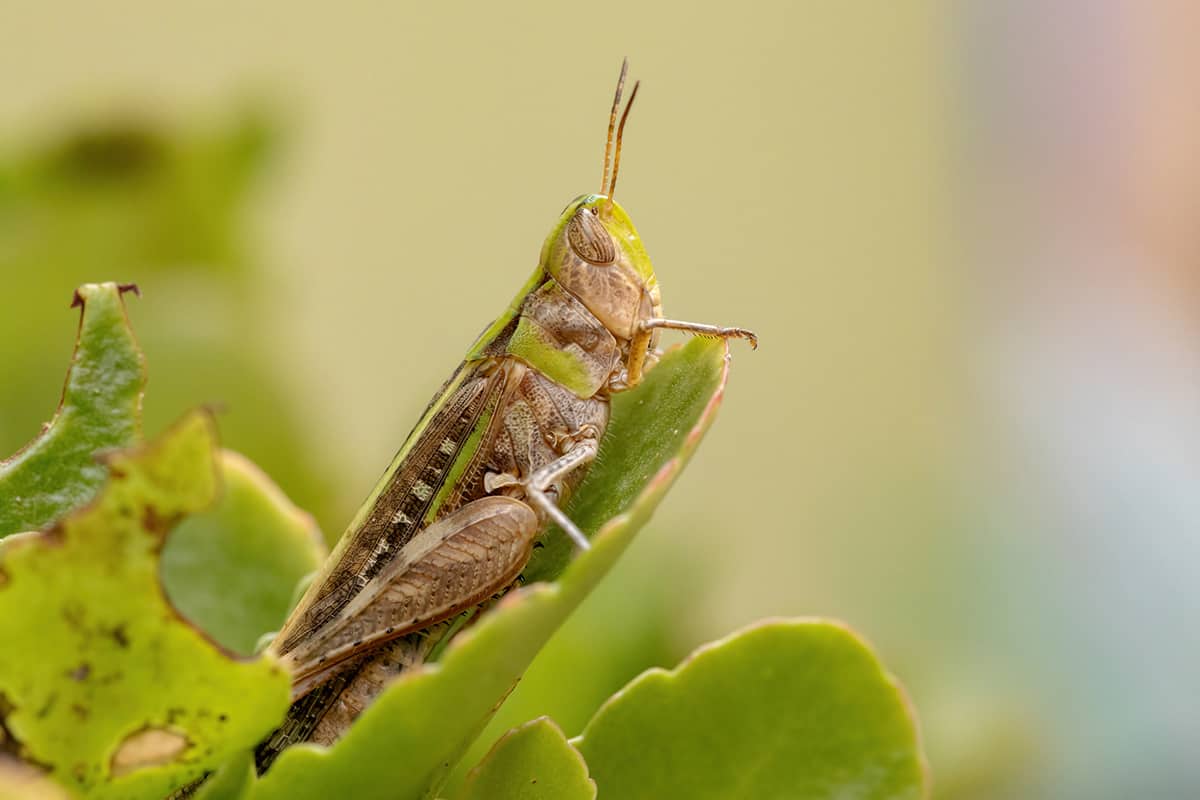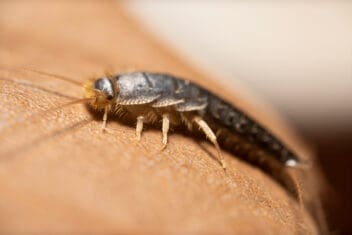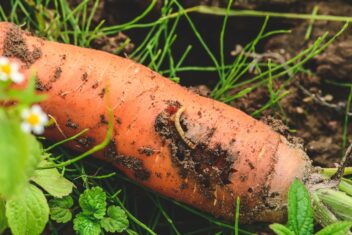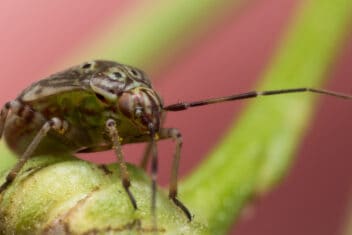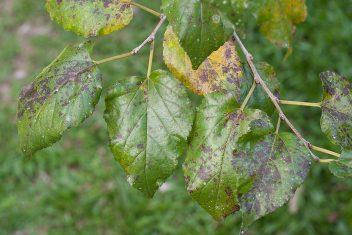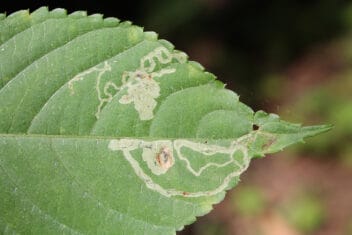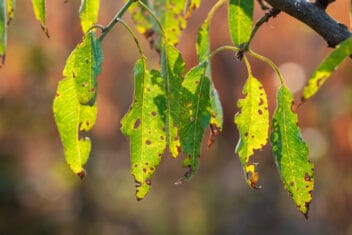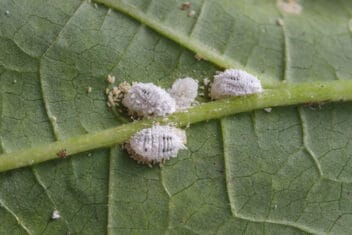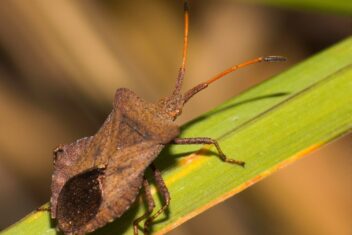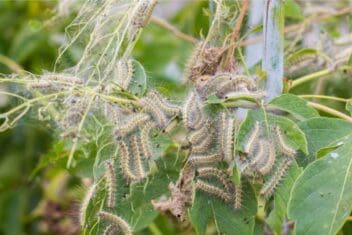As an experienced and avid gardener, I expect to see all sorts of pests and diseases in my vegetable patch. I take them all in my stride, but there’s one pest that really makes me anxious, and it’s grasshoppers.
I don’t know if it’s because of the stories I’ve heard about massive swarms of grasshoppers and locusts or because I know that when I see one, I know there’s bound to be more.
I’ve had lots of experience with grasshoppers, so if you want to take advantage of that knowledge, let’s talk all things grasshoppers. Prevention is much better than fighting established grasshoppers.
What Are Grasshoppers?
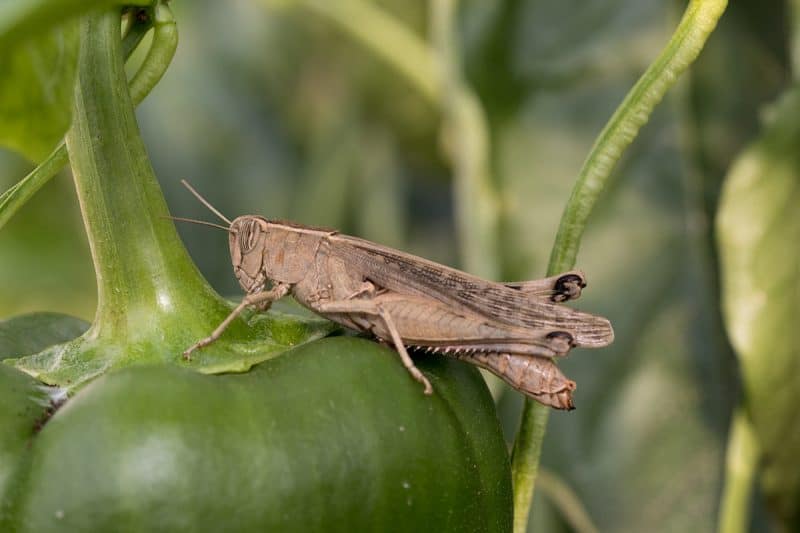
Grasshoppers are herbivorous insects with angled rear legs that they use to jump around. There are at least 30 varieties in the United States that are considered pests that damage plants, and in large numbers, can cause significant loss to your harvests. There are around 600 varieties in total, but not all damage crops.
The bad grasshoppers are chewing insects that feed on stems, leaves, and fruit of plants. In-home gardens, grasshoppers feed on all those plants you have lovingly cared for, including:
When the number of grasshoppers is high, they will feed on plants they wouldn’t normally, but they are voracious, and when food becomes short, they will eat anything in your vegetable garden right down to the last leaf.
Lifecycle of Grasshoppers
Grasshoppers aren’t like butterflies. They don’t form a cocoon but are born into nymphs and then go through five molts, gradually becoming the grasshopper we’re all familiar with.
If their numbers get very high, environmental conditions may cause some varieties to form swarms, and this is when they become like a swarm of locusts and decimate everything they come across. That is something I never want to experience.
Natural Prevention Methods to Control Grasshoppers
Keep an eye out, especially in early spring to mid-summer. That’s when their numbers are greatest. As the growing season progresses, make sure your vegetable garden isn’t surrounded by long grass. They love to use it as a base, especially when the weather is hot and dry.
I make sure I mow the grass a little lower directly around my vegetable gardens.
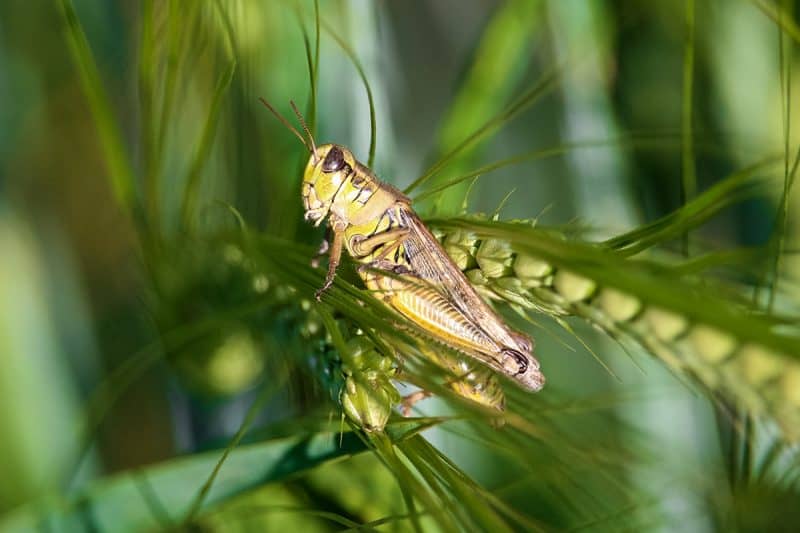
1. Weed, Weed and Weed
If you live in an area where grasshoppers are prevalent, you should weed as much as possible. Weeds provide food for freshly hatched nymphs. They also provide shelter if abundant enough. If the weeds are long, you may find they have been in there and built up their numbers without you being aware of their presence.
2. Till the Soil for Prevention
Grasshoppers lay their eggs in the soil to overwinter before hatching in spring. Till the soil often to kill off the eggs waiting to hatch when the conditions are right.
Till during the mid-summer, late fall, and early spring. Your goal is to disrupt the lifecycle from the beginning. Remember, prevention is better than the cure with this pest.
3. Natural Predators Love Grasshoppers
In a way, you could sit back and let mother nature take care of the grasshoppers in your garden. You have to make sure the right predators are in abundance around your plants.
- Swallows love grasshoppers and are renowned for keeping them in check.
- Praying Mantis are hunters that are always keen to tuck into fresh grasshoppers.
- Small Snakes will sit and wait for grasshoppers and you probably won’t even see them.
- Toads have a habit of targeting grasshoppers if they come near them. Great if you have a lake or pond nearby.
4. Cover Your Plants
Cover the favorite plants with frost cloth, fine netting, row covers, or cheesecloth. Hopefully, any wandering grasshoppers will pass your garden by.
5. Use Natural Garlic Spray
Make the food that grasshoppers crave unpalatable for them. A basic garlic spray works wonders and will hopefully force them to move on quickly.
Boil one cup of chopped garlic in five cups of water. Turn off the heat and allow this mixture to steep overnight. Then mix one part of this with three parts water into a spray bottle.
Wet the top and bottom of all the foliage. Not only will this deter grasshoppers, but most other chewing insects.
6. Let Your Chickens Free Range
Wandering chickens love feasting on grasshoppers and any other bug for that matter. If you have chickens and don’t mind them free-ranging, allow them to wander through your garden. Just be aware, sometimes they might eat more than the grasshoppers you are trying to get rid of.
7. Use Plants Grasshopper’s Don’t Like
Companion planting can be utilized in different ways. Just like some plants help each other to flourish, you can use some plants to repel grasshoppers.
I’ve had good success with sage. I was told a while ago by another gardener he had deterred grasshoppers with it so I gave it a go. You can also try:
- Calendula
- Sunflower
- Dill
- Cilantro
- Tomato
- Squash
Eradicate Grasshoppers
If you live in a warm environment, be prepared to use all organic or natural methods to get rid of grasshoppers. We may see worsening grasshopper activity as the world warms, but be vigilant and act as soon as you see one. Like most other pests, where there is one there is many.
1. Chemical control
Sometimes you do have to utilize chemicals to control pests in your garden. If you’re like me and try natural remedies first, the thought of chemicals is very unappealing. The problem with grasshoppers, though, is there are very few pests that are capable of the damage that they can cause.
If all else fails, you will need to use a broad-spectrum pesticide like carbaryl. The problem with it is it kills everything including beneficial insects when used as a spray. You’re better off using carbaryl bait stations if you use the chemical method.
2. Predict Bad Grasshopper Years
If you or your neighbor have a bad year for grasshopper activity, you will probably have another one the following year. Grasshoppers seem to have multi-year cycles. This means that you can be reasonably assured next year will be bad if this year was.
That’s why it’s imperative to break that cycle using whatever technique you choose. Tilling the soil, neem oil, free-range chickens, and homemade natural sprays all contribute to a better future season.
3. Neem Oil
Neem oil contains Azadirachtin. This is a compound that causes insects to reduce feeding. It also affects their hormonal systems, which impacts reproduction.
Spray your plants liberally with neem oil regularly when grasshoppers are present. Use an organic one if you can find it. This is another way to make your plants unpalatable to insects and disrupt their lifecycle at the same time.
How to Tell if You Have Grasshoppers
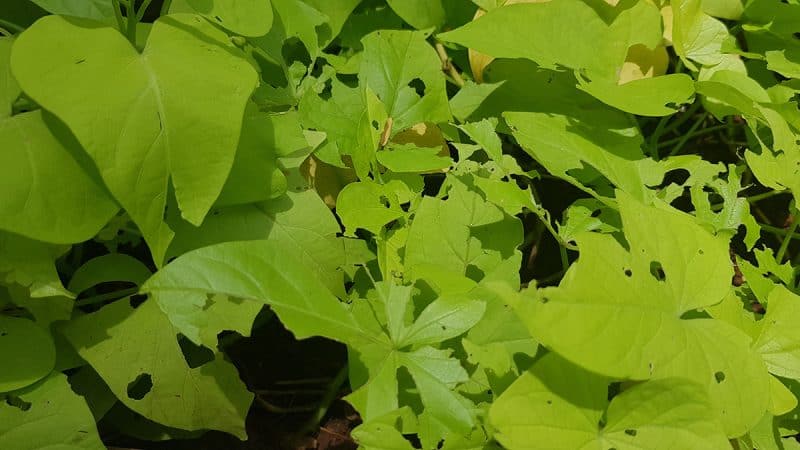
With all of the possible pests that could be in your vegetable garden, how do you really know if you actually have a grasshopper problem?
Grasshoppers are reddish-brown or olive green. They grow up to 1 and 3/4 inches long and have long, slim bodies.
They have large heads and eyes, and I always think their back legs look like coiled springs ready to fire off to allow them to jump long distances. Adult grasshoppers have wings.
You should find out what varieties are endemic to your area and learn to identify them. Although this is sensible for any garden pest, grasshoppers, to me, are a step above most other insect pests due to the potential damage they could cause if left to get too high in population numbers.
What Temperatures Do Grasshoppers Prefer?
The colder, the better when it comes to grasshoppers. The ideal temperature range for grasshoppers is around 86ºF to 112ºF. So you can see they prefer warmer areas because they thermoregulate, which means they use the environment to warm up.
This is why you often see grasshoppers sunning themselves in the morning. They are literally warming up for the day ahead.
How Bad Are Grasshoppers?
To show how damaging they are, some studies have actually shown that grasshoppers eat up to 1/4 of the plant material in the western United States.
A grasshopper will eat 50 percent of its body weight every day, regardless of the stage in its development. They will also eat the plant material in your garden to the point the plants can’t regrow because they keep eating until there is no more left to eat.
It doesn’t take many to cause significant damage either. It’s estimated that just 10 adults in a square yard are enough to damage your harvest beyond recovery. Six or seven adults in a square yard can eat as much as a large grass-eating animal.
